Your support helps us to tell the story
From reproductive rights to climate change to Big Tech, The Independent is on the ground when the story is developing. Whether it’s investigating the financials of Elon Musk’s pro-Trump PAC or producing our latest documentary, ‘The A Word’, which shines a light on the American women fighting for reproductive rights, we know how important it is to parse out the facts from the messaging.
At such a critical moment in US history, we need reporters on the ground. Your donation allows us to keep sending journalists to speak to both sides of the story.
The Independent is trusted by Americans across the entire political spectrum. And unlike many other quality news outlets, we choose not to lock Americans out of our reporting and analysis with paywalls. We believe quality journalism should be available to everyone, paid for by those who can afford it.
Your support makes all the difference.
U.S. consumer spending on various goods – including coffee, canned vegetables and electronics – impacted by Donald Trump’s tariffs significantly jumped after the president announced them earlier this month.
Trump announced sweeping tariffs of at least 10 percent on nearly every country on April 2, calling it “Liberation Day” for America. Then, he placed a 90-day pause on most tariffs this week — except for the 125 percent tariff on goods from China — following historic lows in the stock market.
Now, new data shows Americans rushed to the stores and spent more on certain foods and tech items like iPhones as they braced for Trump’s tariffs to take effect.
Consumer spending on Apple products — many of which are made in China — went up 20 percent between April 2 and April 7, The New York Times reports, with iPhone sales in particular on the rise.
Nearly 80 percent of all iPhones are made in China. While most countries saw tariff relief, Trump and Beijing are in an escalating trade war. Trump hiked tariffs on Chinese goods to 145 percent this week, while Chinese officials retaliated with 125 percent tariffs on Friday.
However, Trump issued an exemption for phones, computers and other electronic devices late Friday, narrowing the scope of the impact on Chinese goods. Before the exemption, analysts expected iPhone prices to rise about 79 percent. That means an iPhone 16 Pro Max assembled in China could soon cost $2,149 — a $950 increase from its current price.
Grocers also saw an increase in spending, with canned and jarred vegetable sales up 23 percent and instant coffee sales up 20 percent, according to the Times.
Many vegetables are outside the U.S. and imported in, leading worried spenders to turn to longer-lasting canned goods. Most of the coffee consumed in the U.S. comes from other nations.
“There’s panic buying going on and panic selling by investors, too,” Gene Munster, managing partner at Deepwater Asset Management, told the Times. “It’s more turmoil than I’ve seen in 20 years following the company. The speed of it has been crazy.”

Trump’s blanket 90-day pause, which he attributed to people “getting yippy” and “a little bit afraid,” came after a week of significant market lows.
Two weeks ago, the stock market saw its worst week since 2020 and only the fourth time in history that the Dow Jones lost 2,000 points in a single day. The past week began with volatile swings after false reports of a 90-day pause on Monday, with the market gaining and then losing $2.4 trillion in a matter of minutes.
Then, when Trump instituted the 90-day pause two days later, the Dow soared 2,962 points, while the NASDAQ surged 1,857 points, marking the largest single-day point gains for both indices.
At close on Thursday, the Dow dropped 1,014 points, or 2.5 percent, and the NASDAQ slid 737 points, or 4.3 percent. But the market closed for the week on Friday with major indices higher than where they began on Monday.

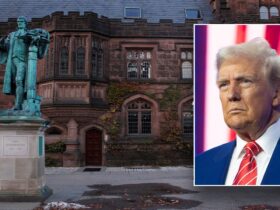

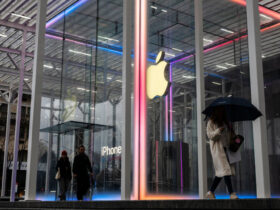





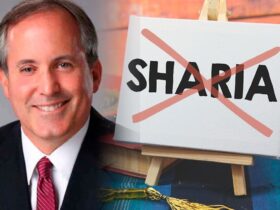
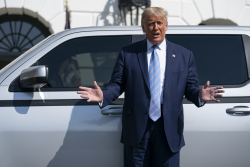

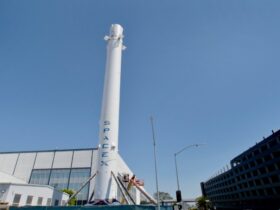

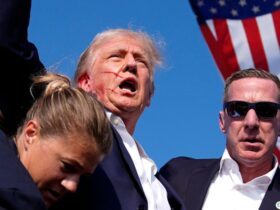

Leave a Reply